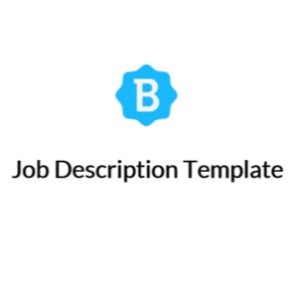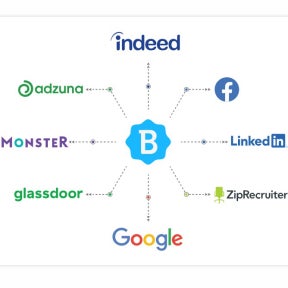How to Hire New Employees:

A step-by-step guide for hiring employees from creating job descriptions to employee training.
Assess your hiring needs.
Identify the needs of your organization.

The first step in the hiring process is to determine if it's necessary and financially viable to hire a new staff member. If the company is expanding or if a key employee leaves, hiring may be the best option. In some instances, it may be best to restructure the staff or promote and train experienced in-house employees.
It's a good idea to perform a cost-benefit analysis to determine if the employee will produce enough revenue to cover the costs of recruiting and employing them. Outsourcing the work or hiring a contractor is another option for companies with remote work options.
If a new position is to be created, it may be necessary to submit a job requisition for the role.
Set up a recruitment team.

Once you have identified the need to hire a new staff member, the process should be handed over to a recruitment team or HR department. The recruitment team is responsible for quantifying the role, defining the qualities of the ideal candidate, and creating a detailed job description.
The recruitment team will also be responsible for interviewing candidates and play an integral part in the selection process.
At smaller companies, the HR manager oversees the recruitment process.
Create a job description.

Once you have identified the skills, experience, and knowledge needed for the job, the next step is to create a job description detailing the specific duties and responsibilities for the role. The job description provides a point of reference for the recruitment team when selecting candidates.
A well-written job description also provides candidates with a skills and qualifications checklist which improves your chances of getting applications from the right candidates.
Use one of our job description templates as a structure for your document.
Advertise your position.
Advertise internally.

Many channels can be used to advertise a job. Advertising internally is usually the first step and the most cost-effective way to fill a position. Sending out a referral email is a great way to get the word out to your staff and business partners.
Posting a job ad on your website or career page is another good option for companies to attract candidates who are already involved in the industry.
Promote your job on social media.

Social media has become a powerful advertising platform to list job opportunities. Having an active social media presence improves brand recognition and attracts passive job candidates.
Advertising your position on platforms like Facebook, LinkedIn, X, and Instagram significantly improves your chances of attracting qualified candidates.
Post to job boards.

If you want to expand your candidate search, advertising on job boards is the most effective way to attract a diverse range of qualified candidates. There are plenty of free and paid options to choose from depending on the type of posting you want, the duration of your post, and the reach you are looking for.
Use our job posting template to create an attention-grabbing job post.
Recruit the position.
Screen and shortlist candiates.

Once applications start coming in, the next step is to create a shortlist of candidates most suited for the role. Larger companies may have applicant tracking systems (ATS) set up to eliminate candidates and resumes that do not fit the job criteria. This can also be done manually by screening applicant emails and resumes.
If you would like to reduce your final candidate list even further, it may be a good idea to set up pre-screening interviews which can be done via the phone or online.
Before inviting candidates for a final interview, remember to conduct a reference check.
Conduct interviews.

Interviewing candidates is a crucial step in the hiring process. Once you have created a shortlist of candidates, conduct formal interviews to determine the most suitable applicant for the role. Interviews may be conducted in person, online with a panel, or one-on-one.
The interview format may vary depending on the position you are hiring for and the company culture. Skills-based roles such as coding or web development could include an online skills test in addition to a brief discussion.
In some instances, a second round of interviews is necessary to determine the best candidate.
Make the job offer.

Once the hiring team has identified the top candidate, a job offer letter can be put together and sent to the candidate. A job offer letter provides details about the proposed start date, compensation, duties, work hours, etc.
It is important to contact the candidate directly to extend the offer. If the candidate is not completely happy with the job offer, be prepared to negotiate. The hiring team should know in advance which aspects of the job offer are negotiable and which are not. Key elements that candidates usually negotiate include:
- Salary.
- Flexible work hours.
- Remote work options.
- Leave days.
Complete the hiring process.
Onboard your new employee.

Once your offer has been accepted, it's time to bring the new employee on board. In larger organizations, the hiring team will hand over to the HR department for orientation and training.
There will be new employee paperwork you'll need to take care of, and you'll need to introduce them to your team, their workspace, and the company culture.
Remember to go over projects and expectations for the coming months as part of a complete employee orientation.
Conduct training.

Once your new employee has been shown the basics through your orientation and onboarding process, provide training on any new job-related tasks they'll be responsible for. New employee training is crucial for the success of the role.
Many new staff members report feeling overwhelmed and underinformed when starting a new job, leading to a quick exit, wasting their time and yours. With adequate training and orientation, your new hire will have the confidence and skills to contribute to your organization.


